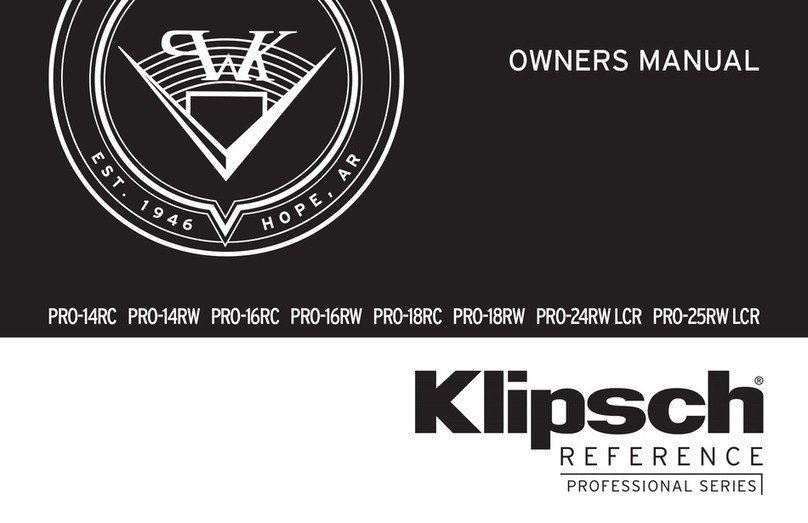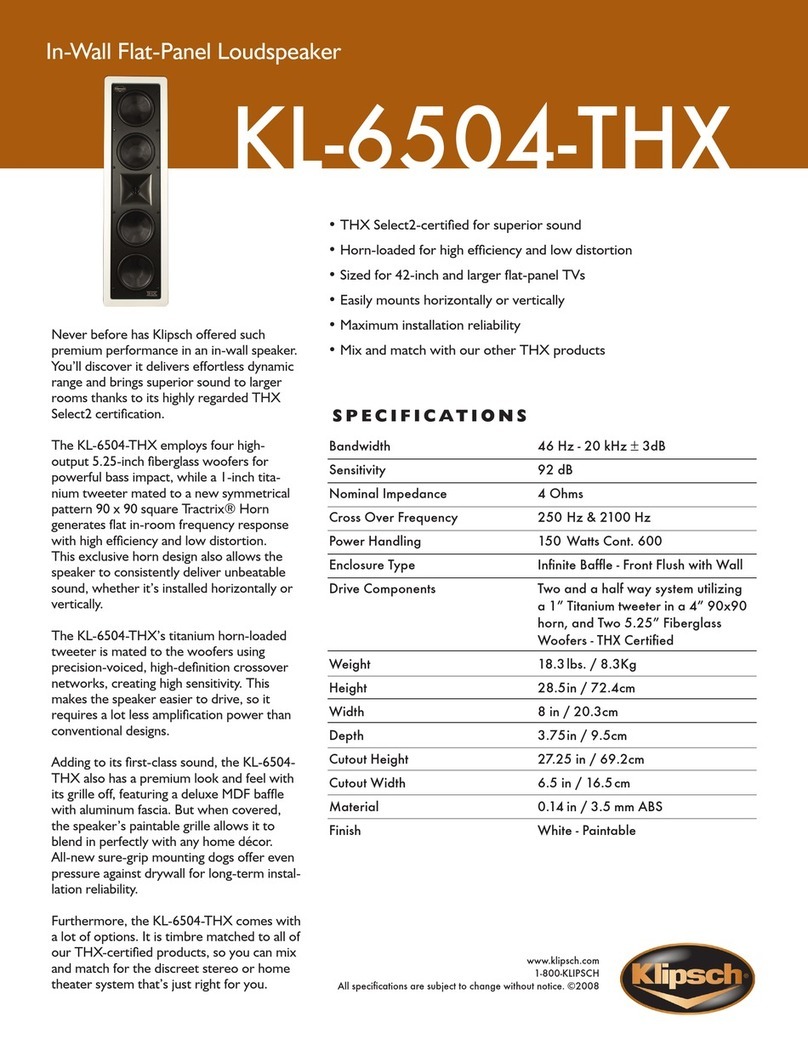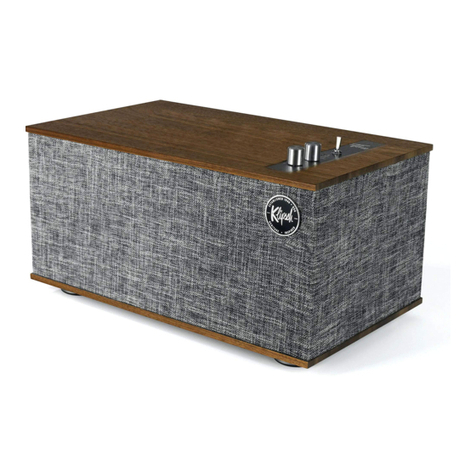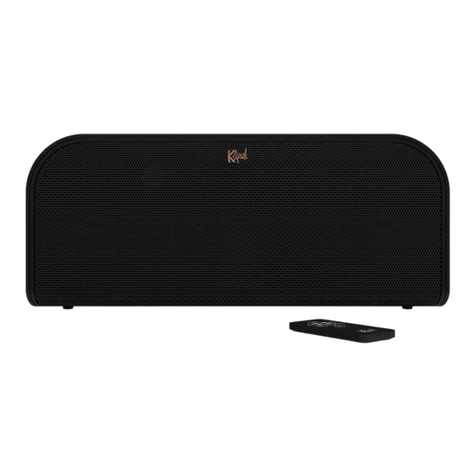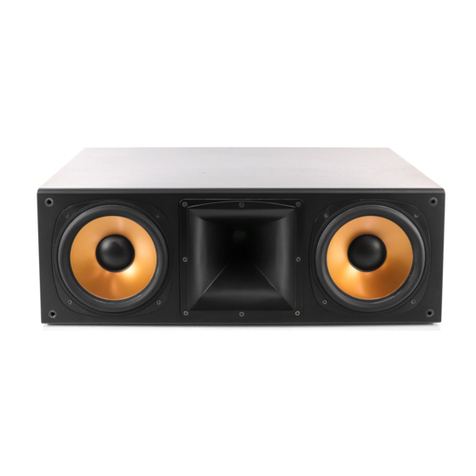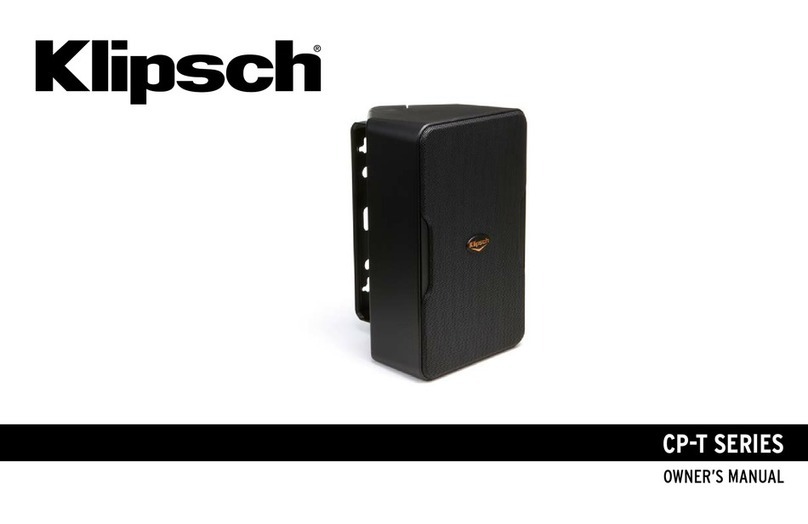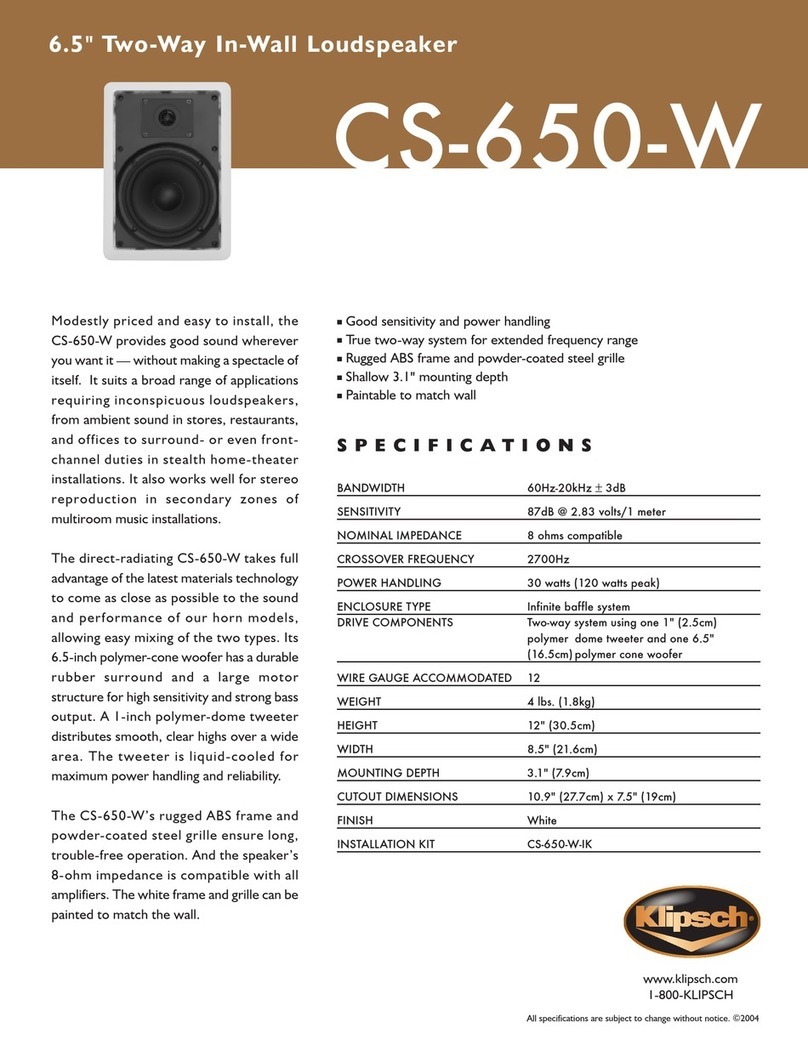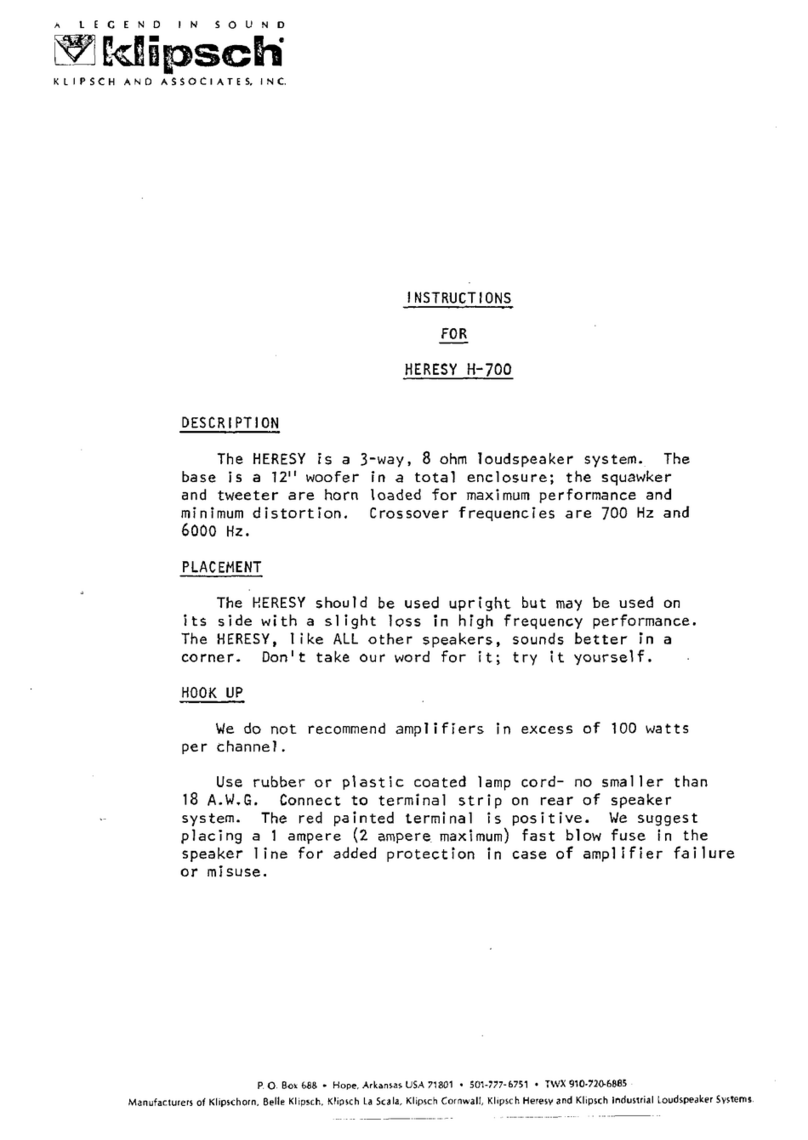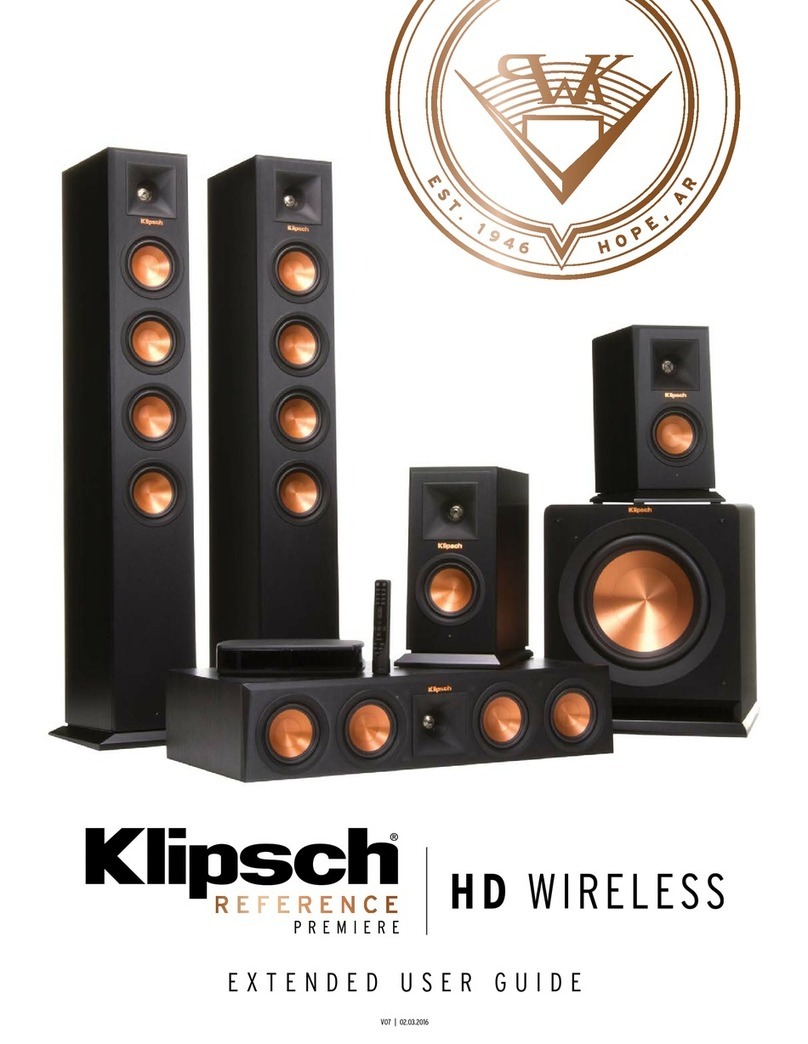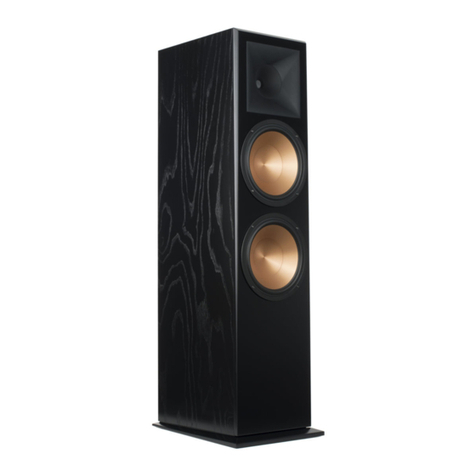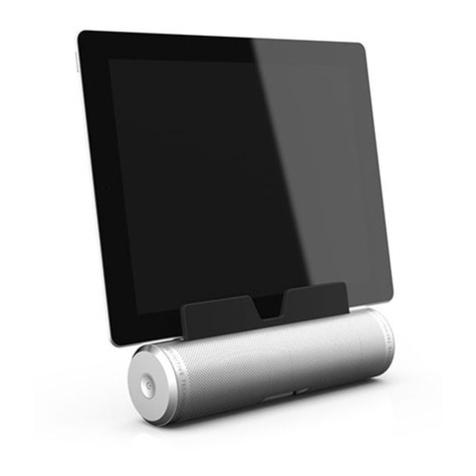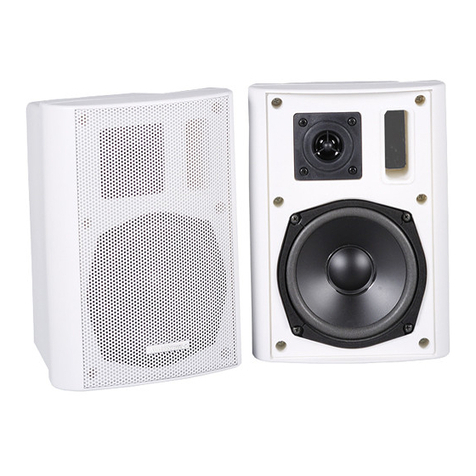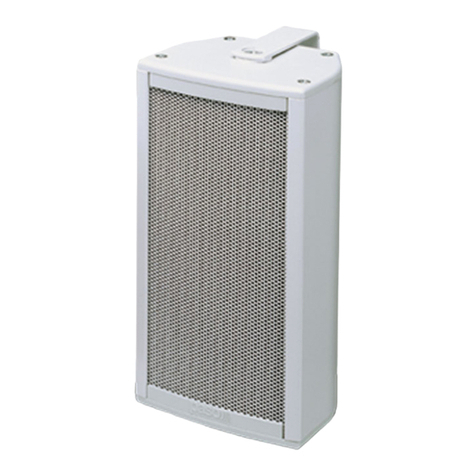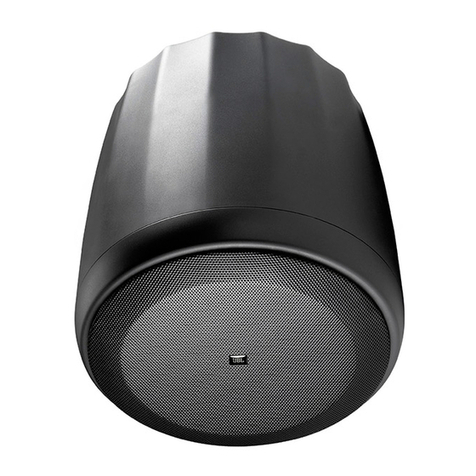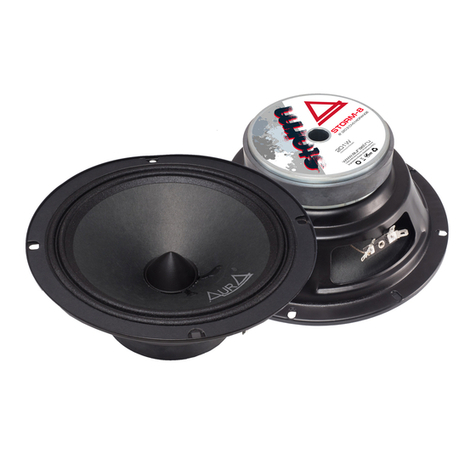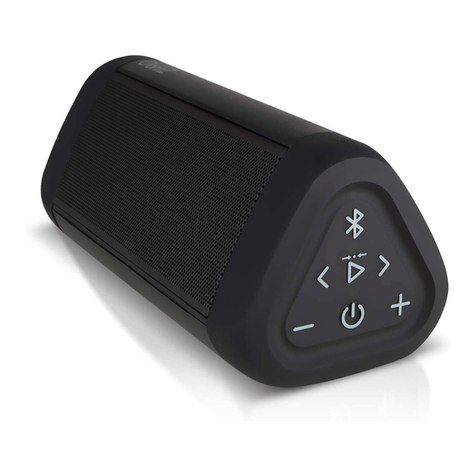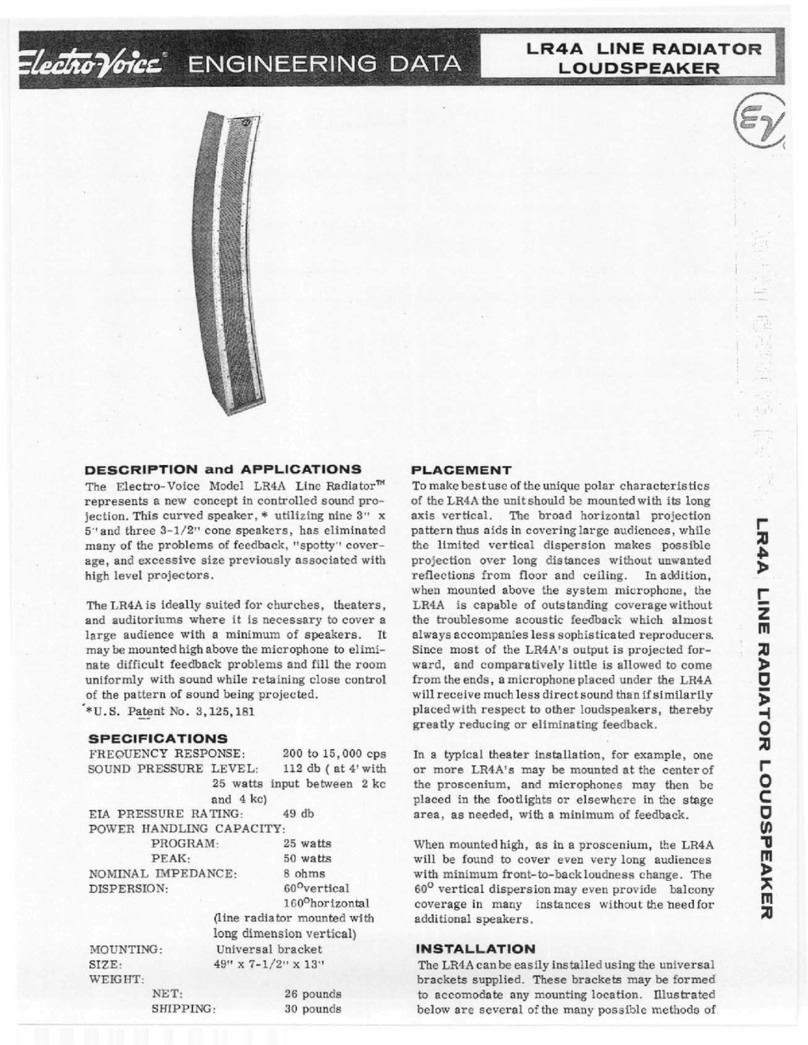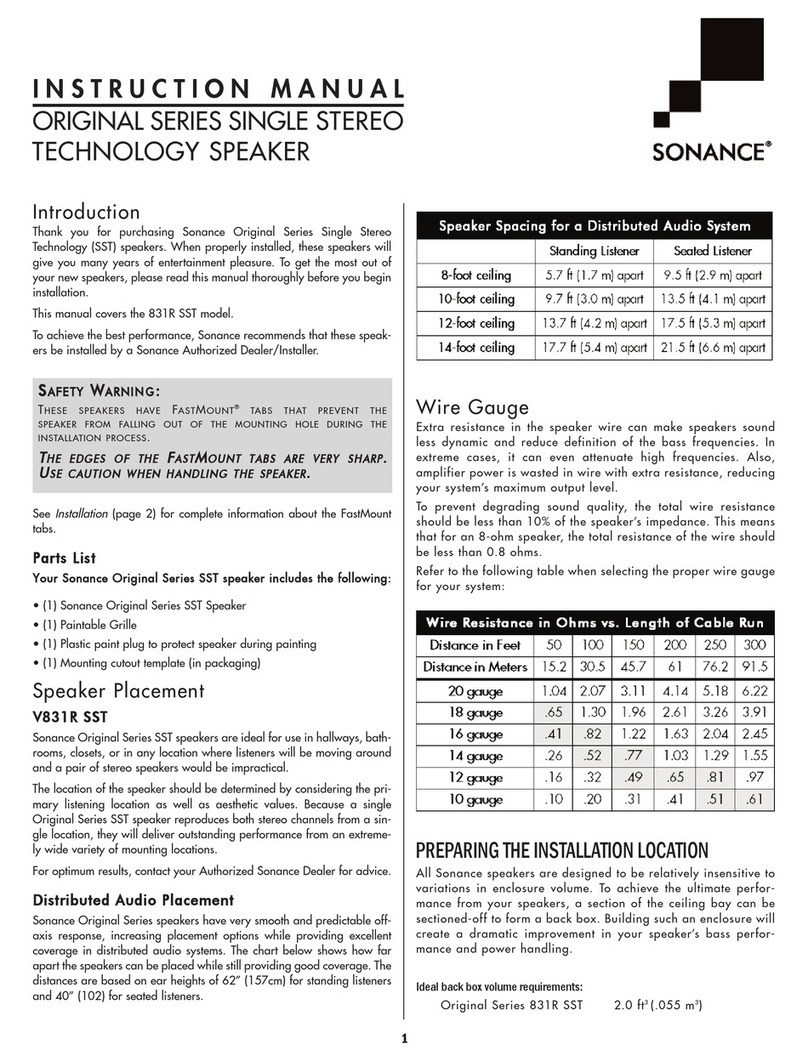
!
speaker systems of paramount importance. To duplicate all the effects movie directors and sound
engineers have built into today’s films, you need faithful
reproduction of the original signals, precise
directional information and accurate dynamic detail. Klipsch design specifies that each of its speakers
meet these criteria.
Since the Klipsch Synergy KSF models are designed for a variety of applications, following is a review
of each application by model.
Klipsch Synergy Towers
The Klipsch Synergy towers are two-way designs using horn-loaded compression drivers for high fre-
quency reproduction and high performance bass drivers for low frequency reproduction.
A breakthrough in horn design, Klipsch engineers have developed an all-new Tractrix Horn with a
90°x60° coverage pattern for incredible performance. The horn uses a 1" compression driver for
easy and efficient reproduction of high and midrange frequencies. This design provides exceptional
imaging and precise detail in the critical vocal ranges for lifelike sound. This new horn permits the
design of a more compact cabinet, allowing these speakers to fit more easily into your living space.
The clean, contemporary design houses a rear-firing, flared port to help deliver greater bass output and
more low frequency impact. With high efficiency, low distortion, a controlled coverage pattern and flat
frequency response, the KSFs deliver the sound for which Klipsch is famous.
PLACEMENT OF THE KSF TOWERS
Both speakers should be placed on the same wall of the room facing the listening area. Space the loud-
speakers so they are between six and 15 feet apart. The desired spread between the speakers may be
different for a home theater application than for a system used only for the playback of two-channel
music. Some correlation between the size of the video image and the sonic image may dictate the final
placement of the speakers. For a higher quality stereo image, angle, or toe in, the speakers toward the
listener. Additional bass will result if you place the speakers in a corner or near a wall. This provides
greater bass coupling due to the additional reflected energy from the walls and floor. Room acoustics
vary, so experiment with specific placement within the room.
HOW TO CONNECT THE KSF SERIES TOWERS
Switch your electronics OFF when making all connections! Connect your KSF towers to the “Front”
or “Main,” left and right channels of your system’s power amplifier. Be sure to observe proper polari-
ty (+ to + and - to -) and avoid having excess bare wire at the connectors, which could short together
causing possible amplifier damage. Refer to “About Speaker Wire Connections.”
Klipsch Synergy KSF-C5 Center Channel
The Synergy KSF-C5 is optimized for use as a center channel. As such, it uses full magnetic shielding in
all of its drivers to minimize picture discoloration and distortion from stray magnetic fields.
PLACEMENT OF THE CENTER CHANNEL
The center channel should be on or as close to your video screen as possible. Its function is to create
the appearance that sound is coming directly from the central area of the screen, such as in dialogue
in a motion picture soundtrack.
When positioning the center channel significantly above listening height, such as on top of a projec-
tion television or high shelf, angle the speaker downward using the enclosed threaded rod and jam
nut. Thread the jam nut onto the rod and screw the non-capped end of the rod into the flush-thread-
ed insert on the rear of the cabinet. This permits you to angle the speaker down, directly at the listen-
ing area. Adjust the height of the rod to acheive the desired angle, then gently tighten the jam nut to
secure the position. Do not overtighten the jam nut.

